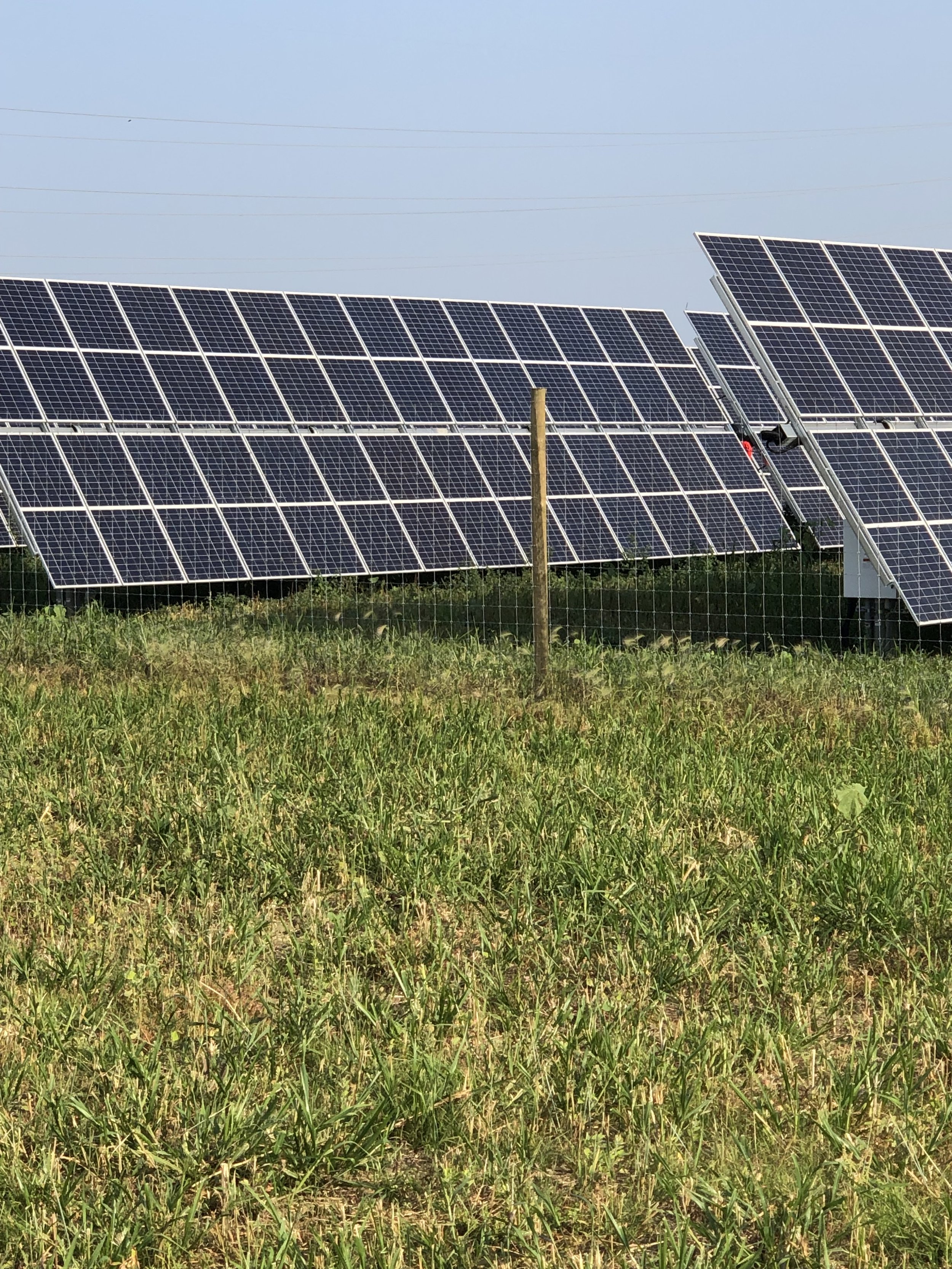Released July 2025
“Gregory Nemet brings new insights to his definitive study on the solar technology revolution. Solar is cheap, Nemet documents in detail, because it became a global technology—a warning to policy makers who are pushing nationalism without regard for how it will undermine technological innovation and solving problems like climate change.”
“It is rare for a book to aim so explicitly at explaining one of the fundamental transformations of the age; it is rarer still for one to succeed in that aim. Greg Nemet’s “How solar energy became cheap” is one of those rarest of books. And as if that were not enough, it does so clearly and in a way useful not only to those seeking to understand today’s world, but also to those seeking to improve tomorrow’s. If the fight against climate change is to stand a chance, many other technologies need to achieve solar-like growth. This book has important lessons for how that can be done. It is indispensable. ”
“Gregory Nemet brilliantly describes how solar became cheap. Now it is time to transfer this solar success story to all types of renewable energy and other technologies to bring carbon dioxide concentrations back to pre-industrial levels. This is the path to the survival of human civilization, for which Gregory Nemet provides important suggestions.”
Synopsis:
The climate problem is getting worse but the solutions are getting better. So far, no technology has done more for improving the solutions available to address climate change than solar photovoltaics (PV). Updated with new data and chapters, this 2nd editions describes an array of driving forces leading us toward a solar-centric energy system, one where solar power lies at the core rather than at the edge.
Developments in solar since the 1st edition in 2019:
Widespread adoption (4x)
Deeper cost reductions (-75%)
Concentration of production (85%)
Adoption faster in Global South
Grid integration with high solar
Autarchy, diversifying production
Industrial policy now central
Rise of energy prosumers
Key points from the book:
The US created the technology, Germany built a market, and China made it cheap.
No single country did it. Manufacturing shifted within a global innovation system.
Solar’s learning curve continues

Continued learning and adoption are putting the world on the path to a solar-centric economy.
Book talk on 1st edition. Minocqua WI (2020)
Video of book talk January 2020
Links to summaries of historical book chapters
Ch.2 Scientists and satellites
One of PV’s most appealing characteristics is its intrinsic connection to cutting edge scientific concepts—such as the structure of atoms, the characteristics of light, and photons’ interactions with electrons.
Ch.3 US Technology Push
The combination of federal funding, new institutions, procurement, and crucially, expectations that PV’s time for commercialization had arrived entrained thousands of people to the field and matured the industry to become more international, more cost conscious, and more specialized.
Ch.4 Japan’s niche markets
Japanese conglomerates entered the PV industry with a focus on niche markets. Once these niches became saturated the Japanese government launched the first large residential solar subsidy program, which led to a rapid scale up of PV technology
Ch.5 German Demand Pull
Germany’s Renewable Energy Law (EEG) guaranteed a stable purchase price for PV electricity that transformed the world PV market, catalyzed a global process of learning by doing and created opportunities for massive economies of scale.
Ch.6 China’s entrepreneurs
China contributed most directly to inexpensive PV through a combination of: high-risk entrepreneurial activity, aggressive municipal governments that mobilized resources for these firms, massive demand from Germany, and drawing on expertise from other sectors in China—first high and then later, and crucially, low-technology products.





